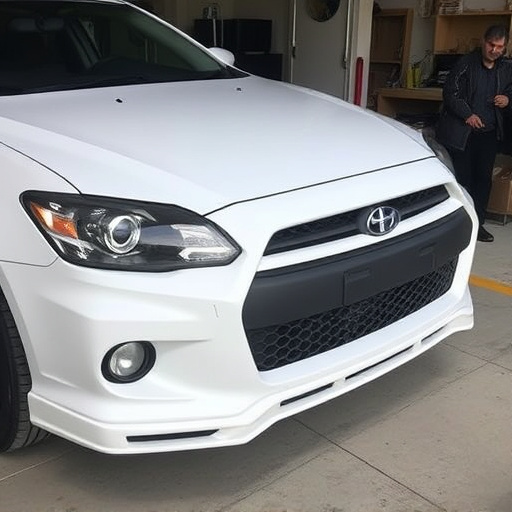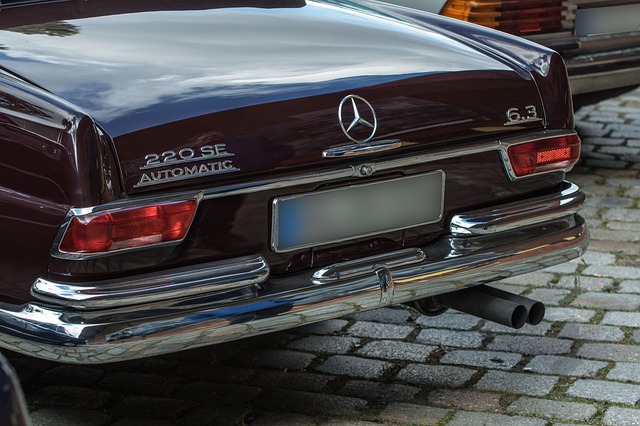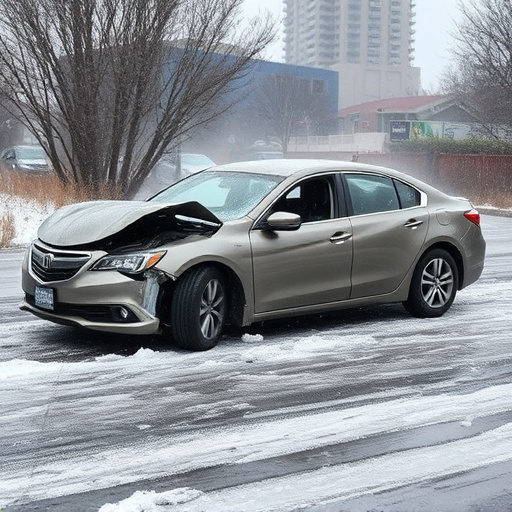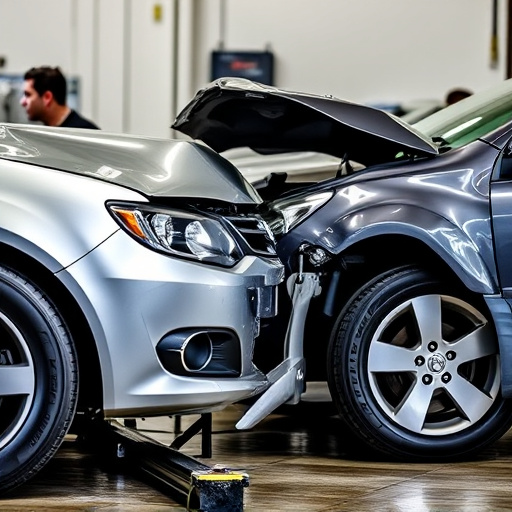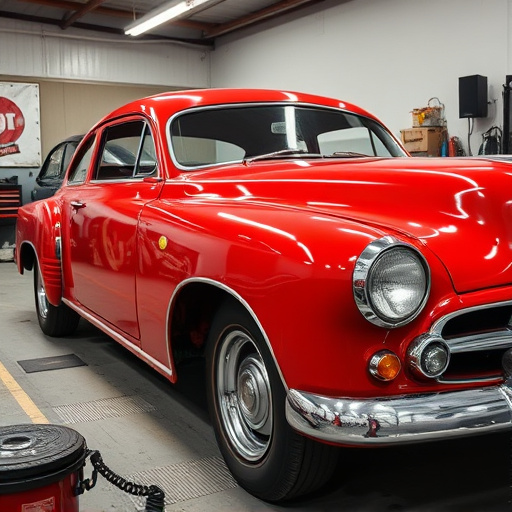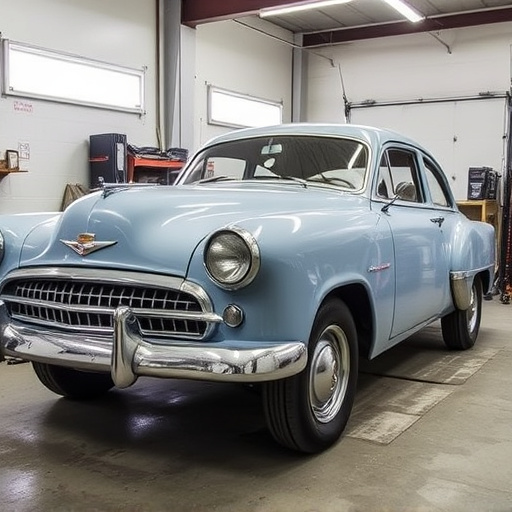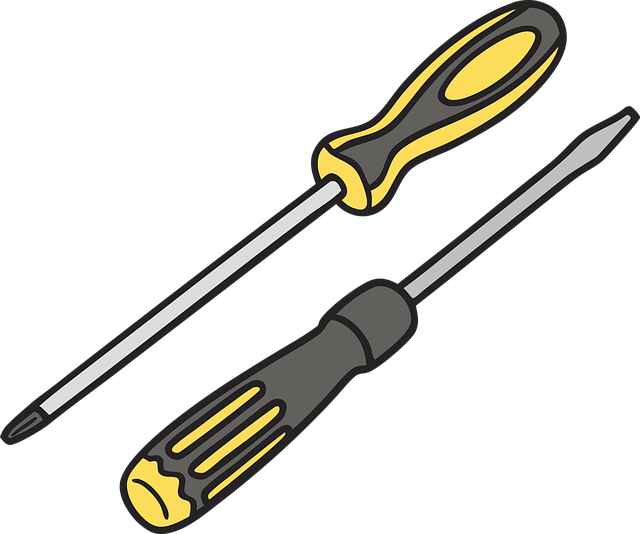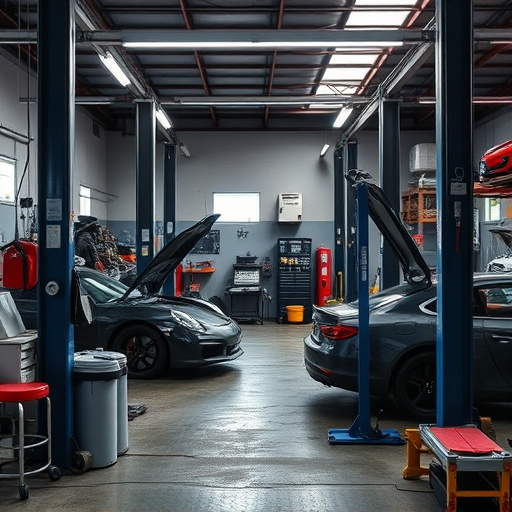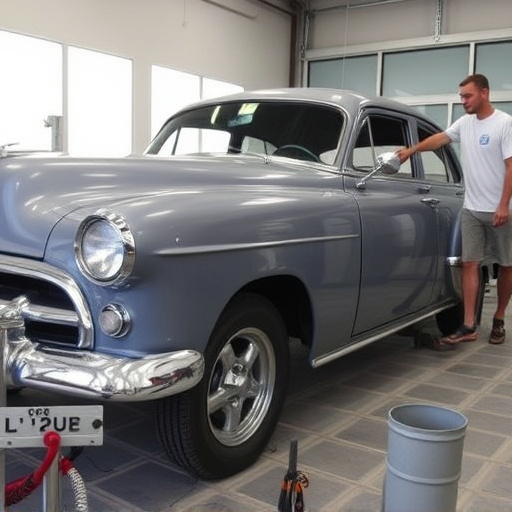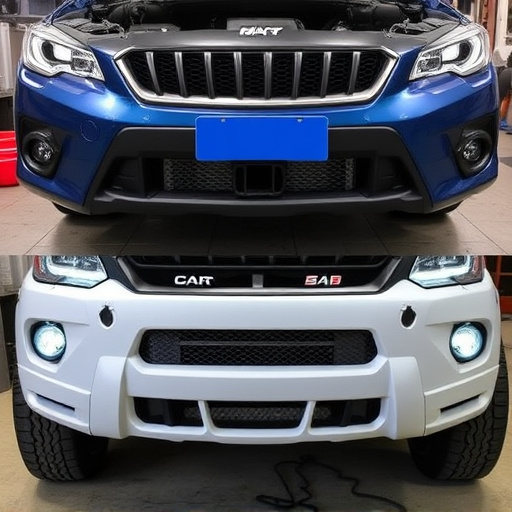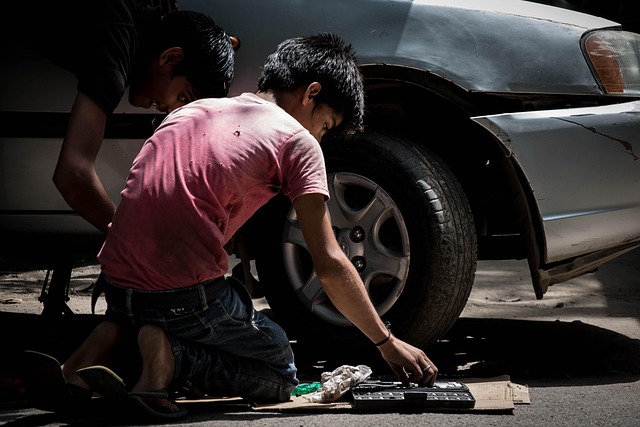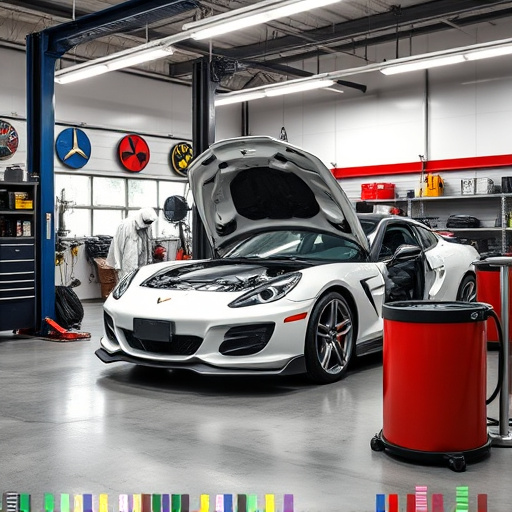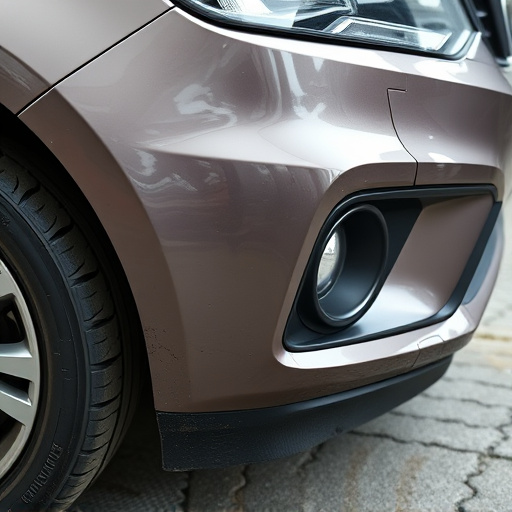Tesla's Adaptive Suspension requires expert repair due to its intricate design and real-time adjustments. Regular maintenance checks prevent issues like uneven tire wear and jerky movements caused by improper alignment or worn shocks. A methodical approach includes collision damage inspection, component demontage, replacing faulty parts, precise reassembly, sensor calibration, test drives, and quality checks for seamless repair outcomes.
“Tesla’s Adaptive Suspension is a groundbreaking system, offering unparalleled ride comfort and handling. However, like any complex technology, it requires expert care for optimal performance. This guide provides an in-depth look at Tesla adaptive suspension systems, common issues plaguing owners, and most importantly, a comprehensive step-by-step repair process for technicians.
By understanding the intricacies of this system and following these tips, you’ll be well-equipped to tackle repairs efficiently, ensuring your Tesla continues to deliver an exceptional driving experience.”
- Understanding Tesla Adaptive Suspension Systems
- Common Issues and Causes of Malfunction
- Step-by-Step Repair Guide for Technicians
Understanding Tesla Adaptive Suspension Systems

Tesla’s Adaptive Suspension is a sophisticated system designed to provide optimal comfort and control. Unlike traditional suspensions, it adjusts in real-time based on road conditions and driving style. Understanding this dynamic system is crucial when undertaking Tesla adaptive suspension repair or maintenance. At its core, the adaptive suspension incorporates sensors that constantly monitor factors like wheel position, speed, and acceleration, allowing the system to adjust air pressure within each shock absorber independently.
This intricate web of technology ensures a smooth ride by actively countering bumps, dips, and twists in the road surface. For technicians engaged in Tesla adaptive suspension repair, recognizing how these components interact is essential. It’s not just about fixing individual parts; it involves fine-tuning the entire system to maintain its original performance specifications, akin to a classic car restoration for modern vehicles. Like any vehicle repair, whether it’s auto painting or vehicle body repair, precise work and attention to detail are paramount to ensure the system functions seamlessly, offering drivers both comfort and enhanced safety.
Common Issues and Causes of Malfunction

The Tesla Adaptive Suspension system, designed to deliver a smooth and responsive ride, can encounter issues over time. Common problems include uneven tire wear, jerky movements while driving, and a loss of control while navigating turns. These malfunctions often stem from several factors. One primary cause is improper alignment, which can be affected by potholes, rough roads, or even minor collisions. Another frequent culprit is worn-out shock absorbers or struts, leading to an inadequate absorption of road shocks, thus impacting the suspension’s performance.
Additionally, misaligned camber and toe settings can contribute to these issues, especially if there has been recent car dent removal or collision repair work at a nearby auto repair shop. Regular maintenance checks are vital to identifying problems early on. Technicians recommend inspecting suspension components for any signs of damage or wear, ensuring proper inflation pressure in tires, and keeping records of alignment adjustments to provide a seamless Tesla adaptive suspension repair experience, with the best results achievable from a reputable collision center.
Step-by-Step Repair Guide for Technicians

When tackling a Tesla adaptive suspension repair, technicians should approach it methodically to ensure optimal results. Begin by thoroughly inspecting the vehicle for any signs of collision damage repair, as these can impact the suspension’s performance. Use advanced diagnostic tools to identify specific issues within the adaptive suspension system, taking note of sensor readings and control module data.
Demonting the affected components carefully is crucial. This may involve disconnecting various sensors, actuators, and cables. Once exposed, inspect for wear, damage, or misalignment. Replace any faulty parts using high-quality, compatible components. Reassemble the suspension, ensuring proper calibration of sensors and actuators. Test drive the vehicle to verify the adaptive suspension’s functionality and make any necessary fine-tunings in a controlled environment before sending it to a vehicle body shop for final quality checks.
Tesla’s Adaptive Suspension systems, while innovative, can present challenges that require precise troubleshooting and repairs. By understanding common issues like sensor malfunctions or damage to the control units, technicians can effectively navigate the repair process using a systematic approach. Following the step-by-step guide provided in this article, combined with an awareness of potential causes, will ensure Tesla adaptive suspension repairs are done efficiently, restoring vehicle performance and passenger comfort.
